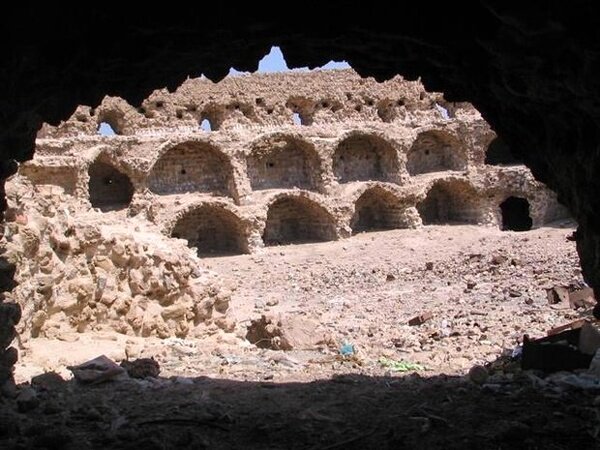16th-century Portuguese castle of Larak undergoes urgent restoration

TEHRAN- The 16th-century Portuguese Castle of Larak Island, which is one of the last surviving monuments of the colonial rule in the Persian Gulf, has undergone some urgent rehabilitation works.
A budget of 20 billion rials ($476,000 at the official rate of 42,000 rials) has been allocated to the restoration project, which aims at debris removal and site clearance, Hormozgan province’s tourism chief Reza Borumand said on Sunday.
The Portuguese castles were built by Portuguese commander Alfonso de Albuquerque when his forces seized the islands in southern Iran in the early sixteenth century. The fact that such important places were in foreign hands was so galling to Safavid king Shah Abbas I (1587-1629) that he eventually convinced the British East India Company to allow its ships to cooperate with his land forces and wrested the islands from the Portuguese in 1622.
The Portuguese also left three other castles on the Iranian islands of Hormuz and Qeshm and in the port of Kong as legacies of their colonialism in the Persian Gulf, of which the castle on Hormuz Island is the most visited and most popular.
The castle built by the Portuguese on Hormuz Island is without doubt the most impressive colonial fortress in Iran. Constructed of reddish stone on a rocky promontory at the far north of the island, the castle was originally cut off from the rest of the island by a moat, traces of which still remain. Although most of the roof caved in long ago, much of the lower part of the very substantial outer walls is intact, with the remains lying on different levels of the site.
The Portuguese Castle of Larak has been used as a prison by the island's rulers after the end of the Portuguese Empire in the Persian Gulf, and it has also been a safe haven for Larak residents during torrential rains and the demolition of the island’s homes.
The historical structure was inscribed on the National Heritage list in 2003.
ABU/MG
Leave a Comment